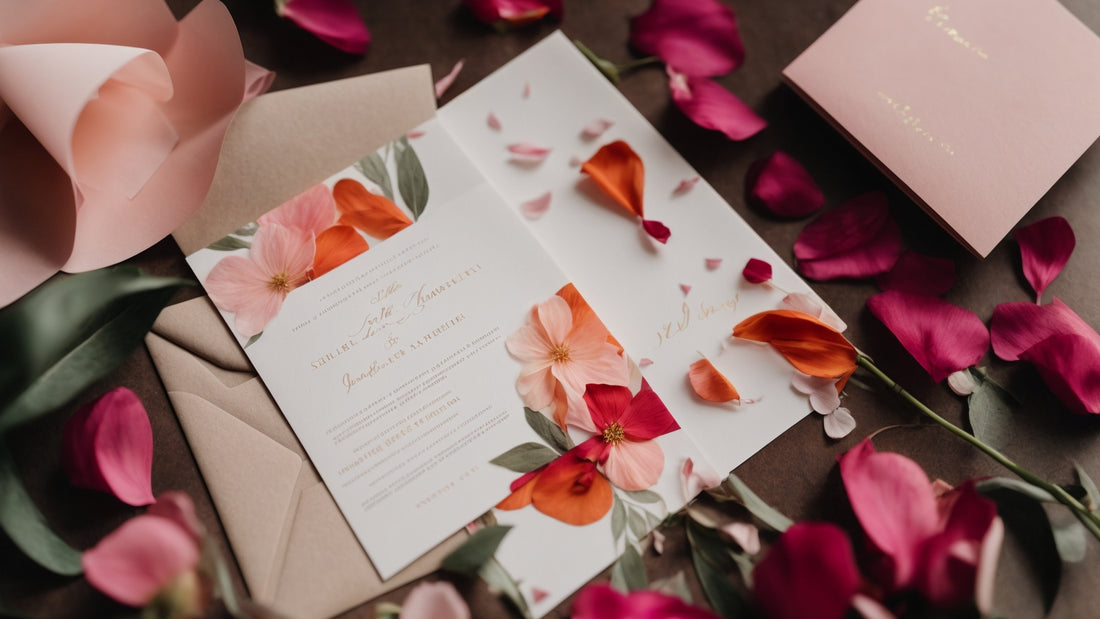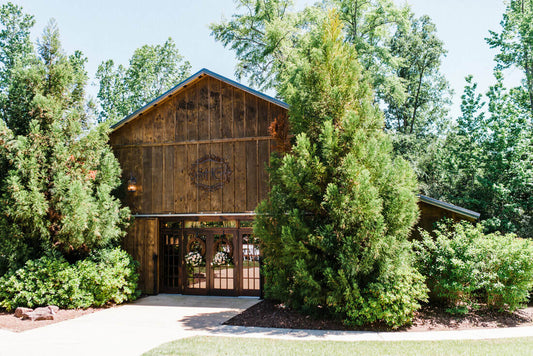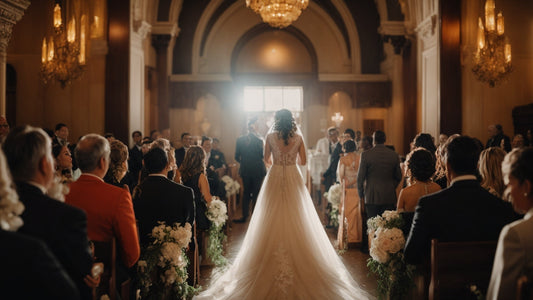
Addressing Wedding Invitations: A Guide to Getting it Right
Share
Addressing Wedding Invitations: A Guide to Getting it Right
Sending out wedding invitations is an exciting yet sometimes daunting task. Beyond choosing the perfect design, ensuring your invitations are addressed correctly is crucial to set the right tone and avoid any potential faux pas. Addressing invitations may seem simple, but there are nuances depending on the relationship and status of your guests. This comprehensive guide will walk you through addressing wedding invitations for various scenarios, ensuring your special day starts on a perfectly polite note.
Addressing Invitations for Different Guest Types
The level of formality and the way you address your invitations will depend heavily on your relationship with the recipient and the overall tone of your wedding.
1. Married Couples:
Traditionally, married couples are addressed as follows:
- Formal: Mr. and Mrs. John Smith
- Semi-Formal: John and Mary Smith
- Informal (close friends and family): John & Mary
Note: Always use the wife's name first when using the formal or semi-formal address. Avoid using Ms. unless you know the woman prefers it over Mrs.
2. Unmarried Couples:
Addressing unmarried couples requires a bit more sensitivity. Consider your relationship with them.
- Formal: Mr. John Smith and Ms. Jane Doe
- Informal: John Smith and Jane Doe
Avoid using terms like 'boyfriend' and 'girlfriend' on formal invitations.
3. Families:
Addressing families requires careful consideration of the number of people and their relationship to you.
- Family of Five: Mr. and Mrs. John Smith and Family
- Family of Three (Parents and Child): Mr. and Mrs. John Smith and [Child's Name]
- Other Family Groups: List each adult's full name. Example: Mr. and Mrs. John Smith, Sarah Smith, and Tom Smith
Avoid listing children individually if they are young. If including children, make sure to include their names.
4. Individuals with Titles:
If your guest holds a professional title, you should include it in the address.
- Doctor: Dr. Jane Doe
- Professor: Professor John Smith
- Judge: The Honorable Judge Mary Brown
- Military: Use the full rank and name. Example: Colonel John Smith and Mrs. Smith
Use the title and last name only, unless you have a very close relationship where using their first name is acceptable.
5. Special Circumstances:
There might be other situations, such as:
- Divorced Guests: Address each individual separately.
- Widowed Guests: Address as Mrs. Jane Doe or Mr. John Smith, even if they have remarried.
- Guests with Different Last Names: Address each guest with their individual full name.
Additional Tips for Addressing Wedding Invitations
Beyond the specifics of addressing different guest types, several additional tips will ensure your invitations look impeccable:
- Use Calligraphy or Elegant Font: This adds a touch of class and formality.
- Always Proofread Carefully: Double, even triple check for spelling and grammatical errors.
- Use Correct Titles: Always ensure the titles are accurate and consistent.
- Maintain Consistency: Use the same format and style of addressing throughout all your invitations.
- Consider Using Addressing Software: This can significantly reduce the time and effort required.
Conclusion
Addressing wedding invitations correctly demonstrates respect and attention to detail. While the above scenarios provide a comprehensive guide, always consider your relationship with the guest and maintain a consistent, polished look across all your invitations. Remember, these are mementos of your special day; getting it right ensures the guests feel appreciated and valued.

 https://onedatecloser.com
https://onedatecloser.com

